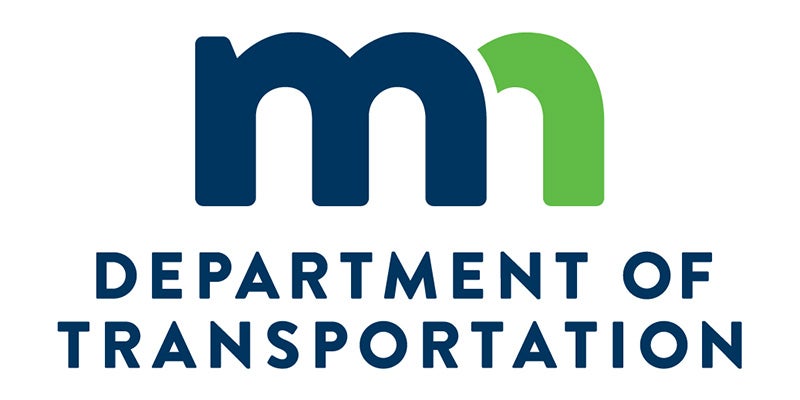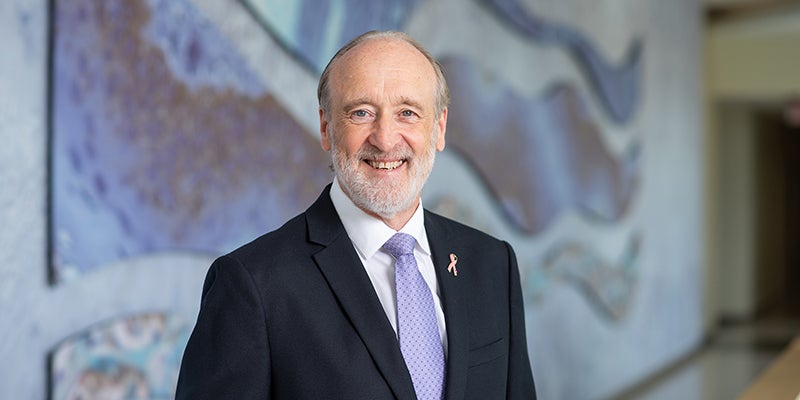Amendments, not candidates, top Minn. ticket
Published 11:08 am Tuesday, November 6, 2012
MINNEAPOLIS (AP) — Democrats hoped to extend their long dominance of presidential politics in Minnesota on Tuesday despite a late surge showing the race tightening. Meanwhile, the state’s voters cast ballots on two proposals to significantly rewrite the state’s constitution.
While interest in the race between President Barack Obama and Republican Mitt Romney was high, the state’s hardest-fought campaigns were over the amendments: one to ban gay marriage and one to require photo ID to vote in future elections.
Republicans who control the Legislature pushed both amendments onto the ballot, and were joined by conservative groups in pushing for passage. Democrats and liberal groups fought hard against them.
The spotlight fell on the amendments in part because Minnesota’s top-of-the-ticket races were sleepier than in years past. Minnesota drew some late attention from Obama and Romney after a poll showed the race tightening, but it was nothing compared to the neighboring battlegrounds of Iowa and Wisconsin. Obama was looking to grab Minnesota’s 10 electoral votes for a second time. No Republican has carried Minnesota since Richard Nixon in 1972.
Opponents of the marriage amendment were flush with money, outraising supporters by about two-to-one. But backers had history on their side: No gay marriage ban had ever been defeated at the hands of any state’s voters.
Photo ID requirements for voters are spreading through the country, but only Mississippi has had one enacted through a constitutional amendment process when it passed there in 2011. Should Minnesota’s prevail, state lawmakers would fill in the details of implementation before it takes effect.
Dale Charboneau, 66, a self-employed designer and artist in Roseville who said he was an independent, voted for Obama and against the gay marriage ban. But Charboneau supported photo ID, recalling the state’s close 2010 governor’s race and allegations of fraud.
“It’s a small percentage, but in an election like this, it could be enough to change it,” Charboneau said.
Terri Montbriand, 53, a medical secretary in Bloomington, followed the same path: for Obama, against the gay marriage ban — “I know a lot of gay people and I don’t think it should matter” — and for photo ID.
“I guess I didn’t think it was difficult to have to show an ID,” Montbriand said.
Minnesota historically ranks among the nation’s leaders in participation, and Secretary of State Mark Ritchie projected 3 million voters — a number that would approach 80 percent turnout.
At Prince of Peace Lutheran Church in Roseville, the church’s large parking lot was full shortly before voting began at 7 a.m. and dozens of people stood in the mist waiting to get in. Once the polls opened, a serpentine line wound through the hall, but it moved quickly.
Becky Sorlien, 52, a substitute school clerical worker and a Democrat, said she backed Obama and voted against the gay marriage ban. Sorlien, who said she is Lutheran, said she was saddened by all the money spent on the amendment.
“I just think we have to accept that 10 percent of the population is different and it’s OK,” she said. “It’s not going to hurt my family or my family values.”
A precinct a few miles away in Bloomington was similarly crowded.
Richard Barnett, 68, an engineering contractor, said he voted for Obama. He said he has struggled personally in a difficult economy, and believed Republicans are more likely to turn the economy around. He also voted for both amendments, describing his view of marriage as “One man, one woman. Pretty simple.” He called photo ID “a modest expectation.”
In Duluth, voters at one precinct were given a bad ballot for nearly an hour before the error was discovered. The outdated ballot listed the name of a Democratic state lawmaker who dropped out after he was caught in a rest-stop sex scandal. City clerk Jeff Cox said he believed it was the only precinct to get the bad ballot, and voters were able to write in the replacement Democrat’s name if they wished.
Voters also were deciding who would control the Legislature, with Democrats and Republicans in a district-by-district tug for House and Senate majorities. Republicans control both chambers, but Democrats hoped they could retake control they lost two years before.
The outcome has powerful implications for the policy agenda of Democratic Gov. Mark Dayton, who is halfway through a term already beset by a government shutdown after Republicans refused his call for higher taxes on the wealthy. In the session starting in January, Dayton and lawmakers will confront another steep budget deficit.
Minnesota voters had a small but important role in determining the power structure in Washington as well.
Democratic Sen. Amy Klobuchar, with big advantages in name ID and money, was a heavy favorite over Republican Kurt Bills. Klobuchar’s Senate race was one of 33 nationally. But Bills, a one-term state legislator, struggled for attention, money and voter support. Neither national party considered the race competitive. Democrats were banking on Klobuchar’s return in the broader contest to maintain their majority, and she’s likely to be in a position to continue building a national profile.
Republicans were defending four U.S. House seats in Minnesota that help make up their majority. First-term Rep. Chip Cravaack was facing the strongest challenge, battling former Rep. Rick Nolan in defense of the northern Minnesota seat he snatched two years ago from former Rep. Jim Oberstar. The GOP was favored to retain seats held by Reps. Michele Bachmann, John Kline and Erik Paulsen. Democrats hold the other four Minnesota seats, none of which were viewed to be in jeopardy.





